What are Perennial Weeds?
Perennial Weeds are longer lived plants that can survive winter or regrow from roots, rhizomes or tubers in spring after a period of dormancy. Many weeds that grow from seed ...

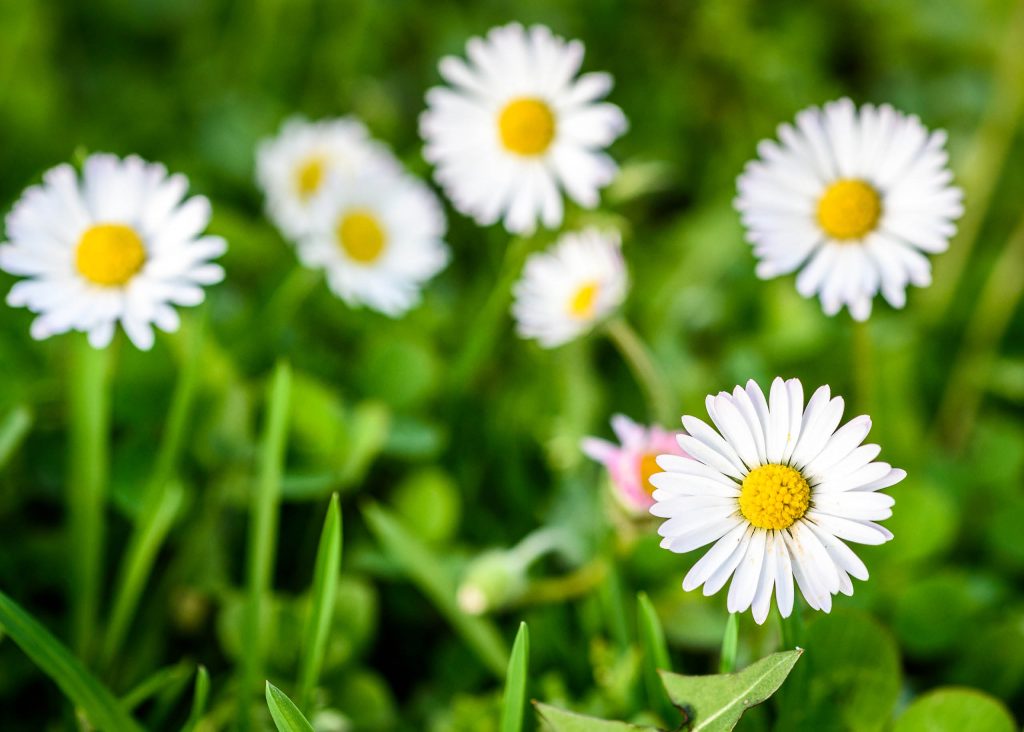
A member of the daisy family, there are two main types of Fleabane weeds: Flaxleaf Fleabane and Tall Fleabane.
They’re known by many different names, including Asthma Weed and variations of Hairy and Horseweed, and are commonly found on roadsides, disturbed sites, gardens, lawns, footpaths and parks.
Fleabane Weed is short-lived but can deprive your lawn of valuable moisture and nutrients, so it needs to be addressed before it can get out of hand.
The main differences between Flaxleaf Fleabane and Tall Fleabane are the height of mature plants.
Flaxleaf Fleabane rarely grows taller than 1m, while Tall Fleabane can grow up to 2m.
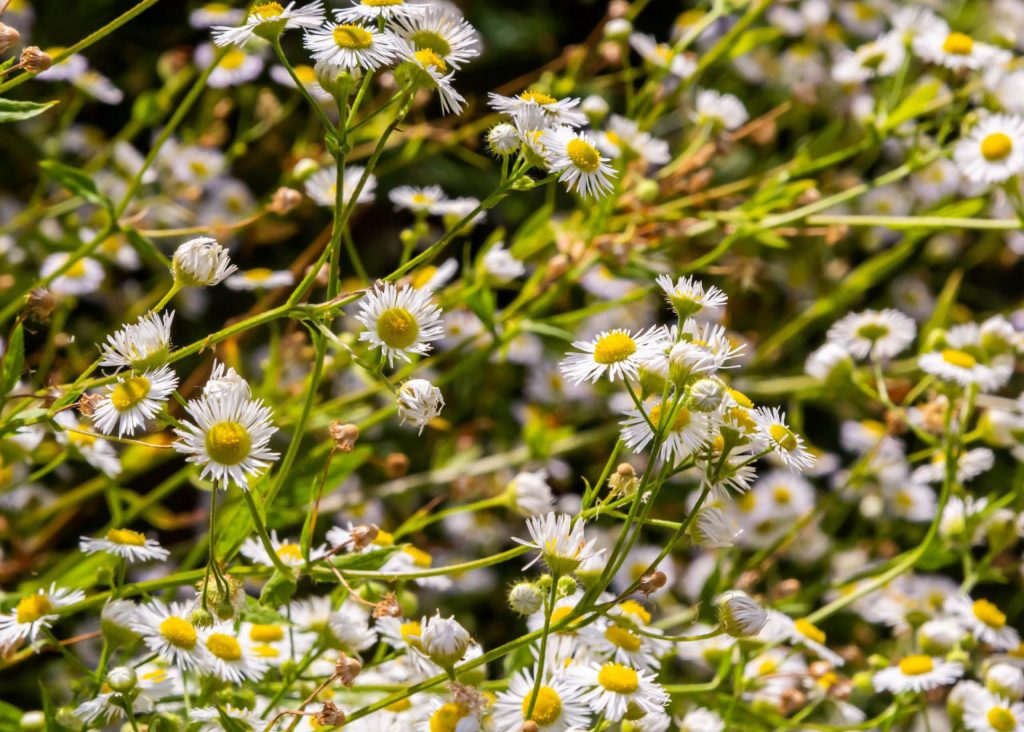 Both types start with a rosette of alternating toothed and curled leaves.
Both types start with a rosette of alternating toothed and curled leaves.
They then develop hairy upright branched stems and produce masses of flower heads that look like daisies – with narrow white petals and a yellow centre – which turn creamy-white and fluffy when mature.
Fleabane Weed develops a tap root as it grows, but can only reproduce from seed.
The seeds have a tuft of pale hairs which helps them disperse on the wind. They can also be spread by machinery, water, vehicles, animals and clothing.
A single Fleabane Weed can produce thousands of seeds if it’s left too long, so it pays to check for weeds regularly as part of your lawn care program.
The two main methods of dealing with Fleabane Weed are hand removal and spraying with a herbicide.
It might be necessary to use a combination of both approaches to get on top of the problem.
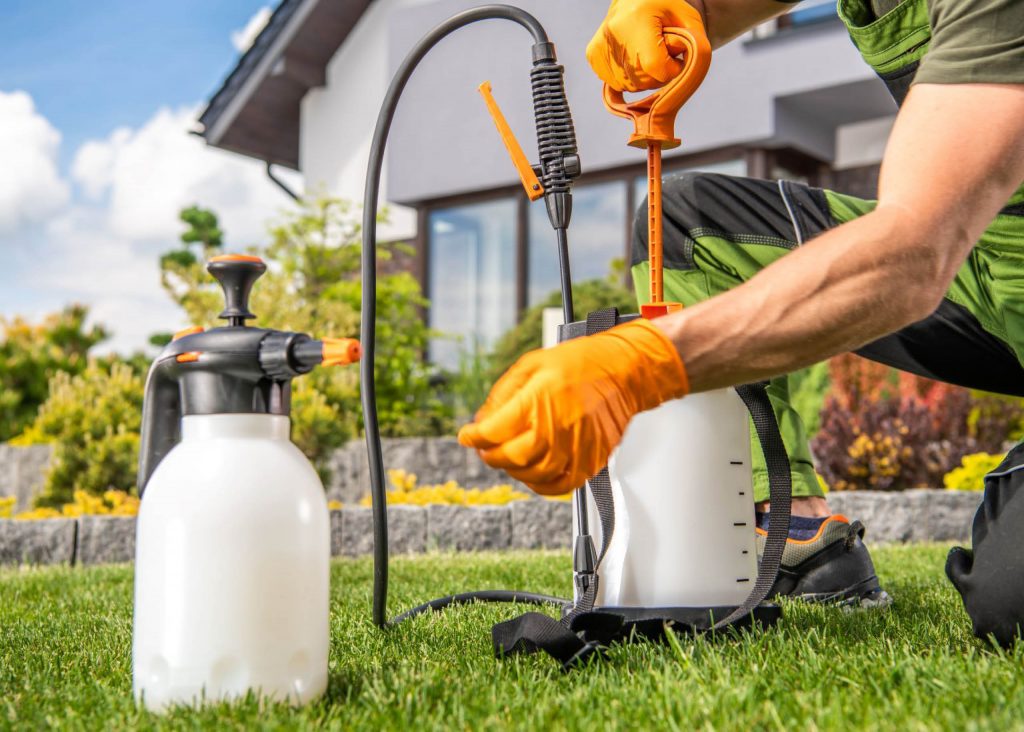 Using a selective post-emergent herbicide containing the active ingredients Bromoxynil and MCPA or Dicamba and MCPA will provide solid knockdown of Fleabane Weeds.
Using a selective post-emergent herbicide containing the active ingredients Bromoxynil and MCPA or Dicamba and MCPA will provide solid knockdown of Fleabane Weeds.
Check the product label to be sure Fleabane is listed as one of the weeds it is effective against. You’ll also need to make sure it won’t damage your lawn type, especially if it’s Buffalo Grass which can be sensitive to some herbicides.
Glyphosate is not recommended because of the development of herbicide resistance in Fleabane in some areas.
Always wear the appropriate protective equipment – gloves, safety glasses, etc… – and follow the instructions on the product label when using any herbicide.
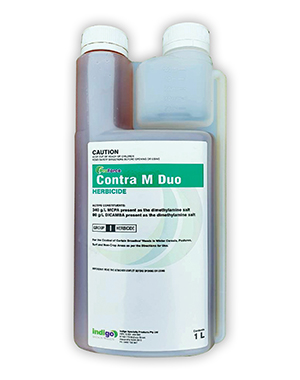
Indigo ProForce Contra M Duo 1L controls a very large range of broadleaf weeds, including Fleabane. It is suitable for use on Zoysia, Kikuyu and Couch grasses, but cannot be used on Buffalo lawns.
SHOP NOWWeather should be cool, dry and still, with no rain expected within four hours.
Your lawn should be well-watered, experiencing no moisture stress from drought, low soil fertility, extreme cold or waterlogging. The Fleabane Weeds should be young and actively growing in moist soil, but not wet from rain or dew.
For best results do not mow your lawn for two days before or after application and avoid fertilising within two weeks of spraying.
You can browse the range of products from leading lawn care brands in myhomeTURF’s online store here.
Signs of yellowing or wilting can appear in as little as 24 hours, but it takes time for the plant to absorb the poison and translocate it down to the fleshy root for a complete kill.
It can take up to three weeks for plants to die off and repeat applications may be necessary for controlling advanced weeds.
The best way to avoid damage to your lawn is to manually remove plants when they’re small, before they’ve been able to steal water and nutrients from your grass or set seed.
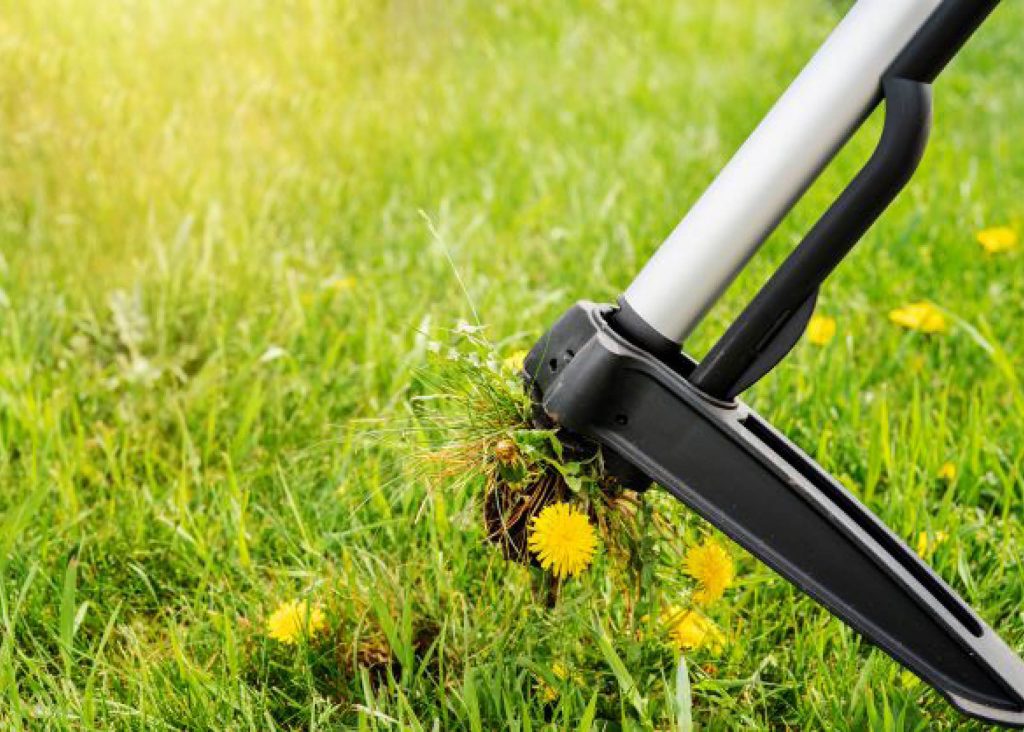 Because Fleabane only grows from seeds, plants must be tackled before they flower and produce seeds.
Because Fleabane only grows from seeds, plants must be tackled before they flower and produce seeds.
Small plants can be mowed or given a hit with a weed whacker or line trimmer, or removed manually.
The best time to pull up Fleabane plants is when they’re young and less than 30cm tall.
They might have started growing a tap root, but it will only be small, and the plant will easily come free of damp soil.
There’s a guide to pulling weeds from your lawn here.
Greater care is needed when pulling mature Fleabane Weeds.
We suggest placing a plastic bag carefully over the seed head before pulling or cutting the plant. This will stop any seeds from being shaken into the air or onto your lawn.
Dispose of Fleabane Weeds by burning or place them in the garbage. Never add them to a compost pile.